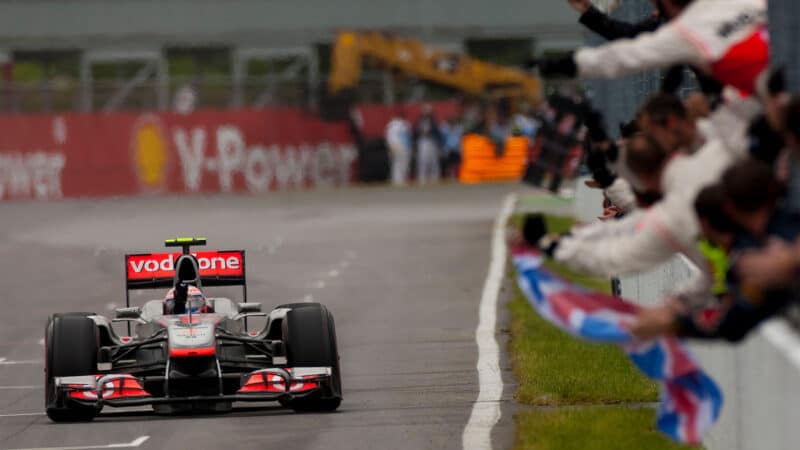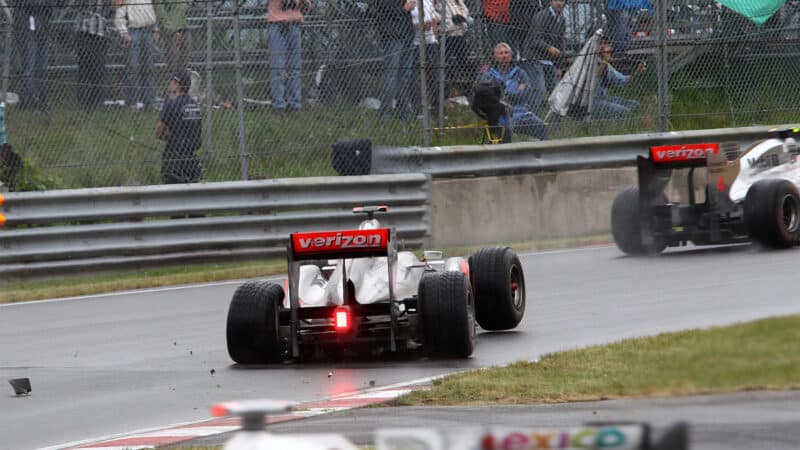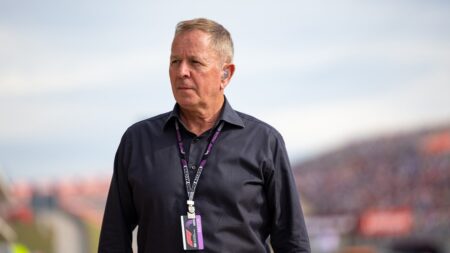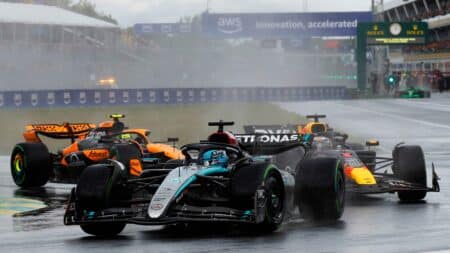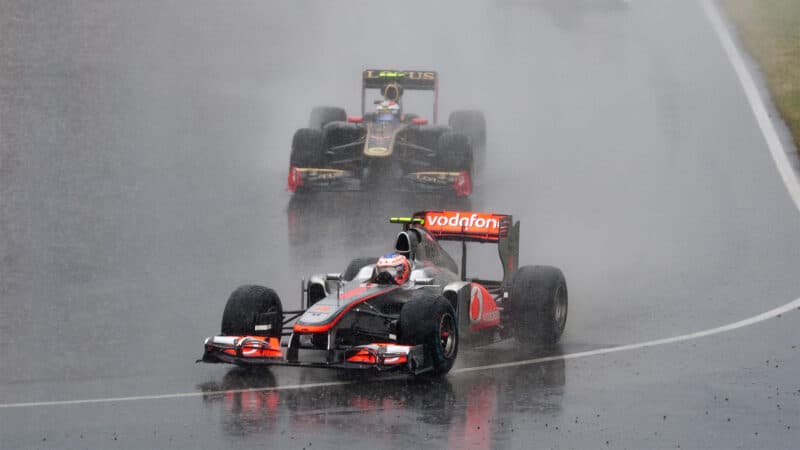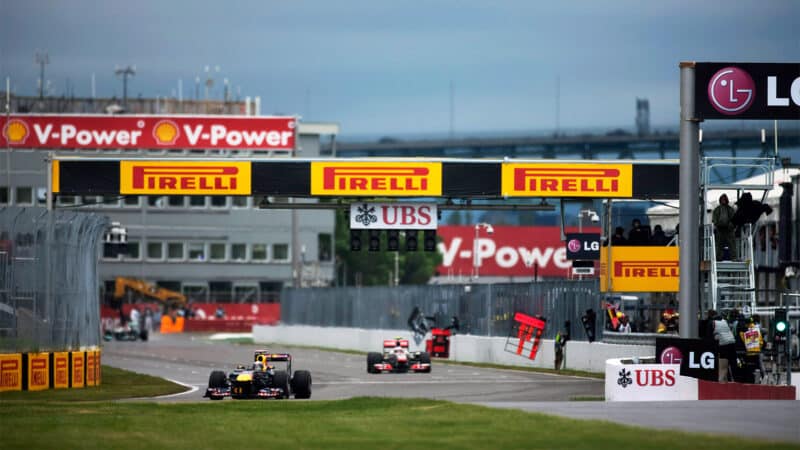Our priority was of course Button, because Hamilton was out of the race. Nonetheless, I wanted to do whatever I could to give us as good a chance of avoiding unnecessarily negative media coverage as a result of our drivers’ lap-seven civil war, so I took an executive decision to speak to them both individually before allowing them to do any live TV interviews. On balance I had thought that their coming-together had been a racing incident: Lewis had been faster and had been trying to pass, but he had not managed to draw level with Jenson by the time the two had made contact; on the other hand, Jenson had jinked ever so slightly to his left, towards Lewis, at the critical moment, and it was that ever so slight jink that had precipitated their contact.
So I described the shunt as I had adjudged it to both of them, separately, my intention being to persuade each of them to agree that, all things considered, neither should blame his team-mate. Once I had secured their consensus on that point, which thankfully I did, I revisited each of them individually, telling Lewis that he should not pin the blame on Jenson because Jenson would not pin the blame on him, and telling Jenson that he should not pin the blame on Lewis because Lewis would not pin the blame on him. They both visibly relaxed. In my long experience of dealing with highly strung F1 drivers, I have always found that identifying on-the-hoof ways of lowering their stress levels is a sure-fire route to reducing the likelihood that they will make mistakes. I have rarely had the opportunity to put that theory into practice halfway through a race though, but the unusually lengthy hiatus in the middle of the 2011 Canadian Grand Prix made it a special case.
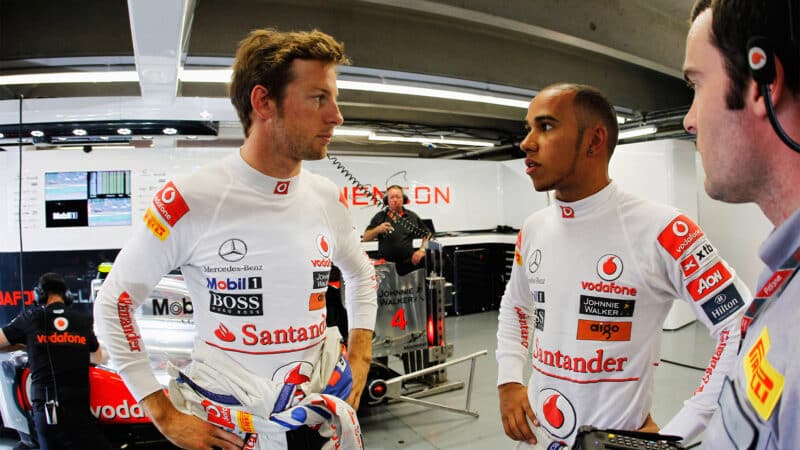
A war of words avoided
Getty Images
I was standing next to Jenson while he was doing all his live TV interviews, and, as so often, he was word-perfect in all of them. I had only a normal umbrella with me, for I had been unable to find one of our wide two-person jobbies because they had all been nabbed by sponsor VIPs, so I held my modest brolly above Jenson while the rain cascaded down on me, unimpeded. I do not think I have ever been so drenched. I was completely wet — all the way through every layer of clothing — right down to socks and underpants. But needs must. When Jenson had finished being interviewed, he darted across the paddock through the rain to our hospitality unit and ordered a plate of pasta, which he ate while we waited for news from the FIA as to when the race might resume.
